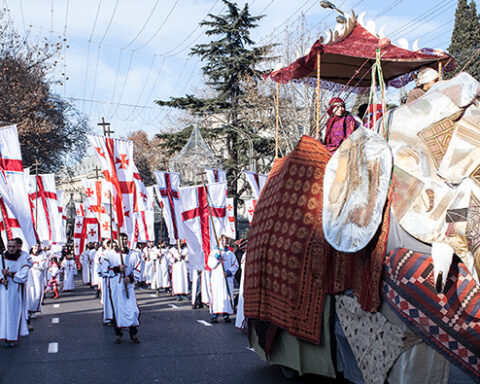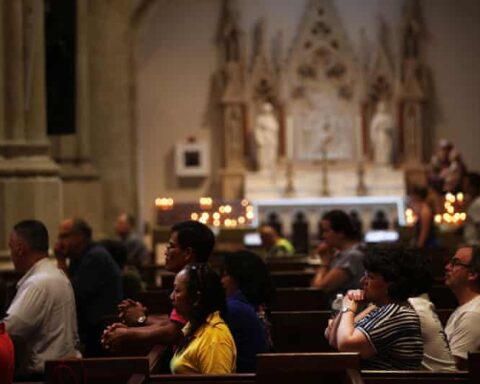Islam is an Abrahamic, monotheistic faith. Scholars date its creation to the 7th century, but its roots are believed to date back further. Islam is regarded as revealed through Muhammad as the Prophet of Allah. Followers of the Islamic faith are Muslims.
The Quran is Islam’s religious text, which Muslims believe to be God’s verbatim words and the teaching and normative examples of Muhammad. Muslims also follow a legal system known as Sharia Law, which a faith-cased code of conduct instructing Muslims how to live in almost every aspect of their lives.
Muslims follow five fundamental pillars that are essential to their faith:
- Shahada: to declare one’s faith in God and belief in Muhammad
- Salat: to pray five times per day – at dawn, noon, afternoon, sunset, and evening
- Zakat: to give to those in need
- Sawm: to fast during Ramadan
- Hajj: to make a pilgrimage to Mecca at least once during a person’s lifetime if the person can
Islam is the world’s second-largest religion, with over 1.9 billion Muslims. It is also the world’s fastest-growing religion. The Islam population is mainly split between 1.5 billion Sunni Muslims and 240-340 million Shia Muslims with some others belonging to smaller denominations.
The Muslim population in each country varies greatly. A Muslim-majority country is a nation where the religion of Islam is widespread. These nations are collectively known as the Muslim world or the Islamic world. There are no universal rules that identify what makes a Muslim-majority country. However, many people go by the standard that a Muslim population of more than 50% constitutes a Muslim-majority nation.
According to the Pew Research Center, there are a total of 50 Muslim-majority nations in the world. However, according to World Atlas, there are 45 Islamic countries. Further data shows that these nations contribute about 8% of the world’s nominal GDP. The region with the most Muslims is the Middle East-North Africa region. Other areas with large percentages of Muslims include Central Asia, Southeast Asia, South Asia, Sub-Saharan Africa, and Asia-Oceania. Smaller percentages live in the Americas and Europe.
Indonesia has the highest Muslim population 229 million, followed by Pakistan with 200 million and india with 195 million.
About Islam
Islam (Arabic: اَلْإِسْلَامُ) is an Arabic word meaning “submission”. Obedience to God is a central theme in the Islamic faith. The monotheistic belief system originated in the 7th century through the teachings of Muhammad (SAW). Muslims believe that Muhammad was the last of all religious prophets (beginning with Abraham) and that the Koran was revealed to him by God.
According to Islamic theology, Islam is the original, complete and universal version of a primordial faith that was revealed many times before through prophets including Adam, Noah, Abraham, Moses, and Jesus.
Today adherents of Islam constitute the world’s second-largest religious group. An estimated 1.8 billion or more than 24% of the world population identify themselves as Muslims. Islam is the official religion in 26 countries in Asia, sub-Saharan Africa, North Africa, and the Middle East.
Islam is growing faster than any other religion worldwide (see: Pew Research Center).
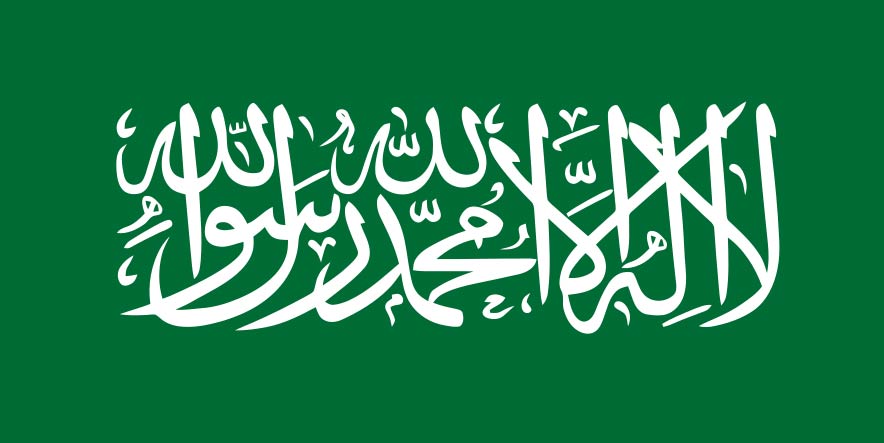
The two main branches of Islam today, Sunni and Shia
The two primary branches of Islam are Sunni and Shia. The sects split from each other soon after the death of the Prophet Muhammad, over a religiopolitical leadership dispute about the rightful successor to Muhammad.
Sunni
The great majority of the world’s Muslims are Sunnis; its followers make up 87 to 90% of the global Muslim population. Sunnis regard the first four caliphs as legitimate successors of Muhammad. The majority of the Muslims of Indonesia, Pakistan, Bangladesh, Egypt, Jordan, Gaza and the West Bank, and Saudi Arabia are Sunnis. They regard themselves as the traditional (original) followers of the Islamic faith.
Shia
Followers of the Shiite faith reject the first three Sunni caliphs and regard Ali, the fourth caliph, as Mohammed’s first true successor. The majority of Shia Muslims live in Iran, southern Iraq, Lebanon, Bahrain, Azerbaijan, and Yemen. There are large Shia communities in Afghanistan, India, Kuwait, Pakistan, Qatar, Syria, Turkey, Saudi Arabia, and the UAE.
Sufi
Sufism is an Islamic ascetic-mystical tradition, the esoteric dimension of the Islamic faith. Sufism has existed since the early days of Islam and is found in almost all Islamic countries. The devotions of many Sufi orders center on various forms of the dhikr(ذِكْر) , (Dhikr Allah: Remembrance of God). The dedication can be expressed in a ceremony at which music, body movements, and chants induce a state of ecstatic trance in the disciples.
Islamic Core Countries
Islam originated on the Arabian Peninsula in the first quarter of the 7th century. The faith has spread from there all over the world. The traditional heartlands of Islam are listed below.
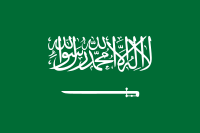
Saudi Arabia 34,218,000 Riyadh
Islam is the religion of the kingdom. Officially, all Saudi Arabian citizens are considered Muslims. Saudi Arabian citizens are 85-90% Sunni and 10-15% Shia (more than 30% of the country’s population are expatriates or immigrants).
—
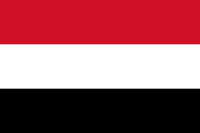
Yemen 29,826,000 Sana’a
An estimated 53% of the population is Sunni, and 45% is Shia. The Houthis, a Shia Islamic political and armed movement, have gained control of most of the northern part of Yemen’s territory.
—
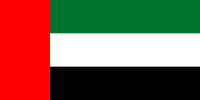
United Arab Emirates 9,890,000 Abu Dhabi
Islam is the official religion of the UAE. Just 20% of the population of the United Arab Emirates are UAE citizens. All Emiratis are Muslims; about 85% are Sunni, and 15% are Shia.
—
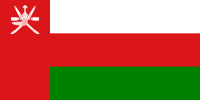
Oman 4,618,000 Muscat
56.4% of the population are Omani citizens, and almost all are Muslims (Ibadhi, the “third branch” of Islam, and some Sunni)
—
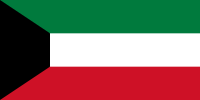
Kuwait 4,465,000 Kuwait (City)
The majority of Kuwaiti citizens are Muslim, with an estimated 60-70% Sunni and 30-40% Shia. The Kuwaiti population consists of 70% foreigners and 30% Kuwaiti.
—

Qatar 2,724,000 Doha
Islam is the state religion in Qatar. Qataris are all Muslims and followers of the Sunni Salafi version of Islam. Just 12% of the entire population are Qatari citizens.
—
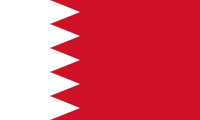
Bahrain 1,503,000 Manama
Islam is the state religion in Bahrain. About half of the population are Shia, the other half Sunni.
—
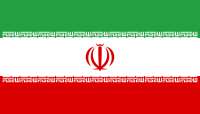
Iran 84,000,000 Tehran
Shia Islam is the official state religion. Mashhad, Qom, and Shiraz in Iran are important Shia pilgrimage cities.
—
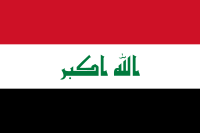
Iraq 40,223,000 Baghdad
Islam is the state religion in Iraq. The country is home to several important Islamic cities, such as Karbala, Najaf, Kazimayn (Baghdad), and Samarra.
Countries with the highest percentage of a Muslim population
A list of countries where the majority of the population is Muslim. There are about 30 countries where more than 90% of the citizens are followers of Islam.
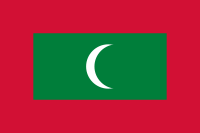
Maldives-557,000-Malé
Islam is the state religion of the Maldives, and citizens are legally obliged to adhere to it. The Sharia, the traditional Islamic code of law, forms the basic legal code of the Maldives.
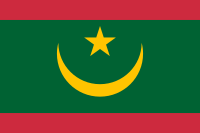
Mauritania-4,650,000-Nouakchott
Mauritania is an Islamic republic, and all Mauritanian citizens are (Maliki) Sunni Muslims.
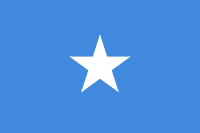
Somalia15,893,000-Mogadishu
Somalia is mainly an (Ash’ariyah) Sunni Islamic country and partly practices Sufism.
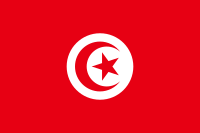
Tunisia 11,819,000 Tunis
In the constitution of Tunisia, Islam is declared the country’s religion. About 99% of Tunisians are Sunni Muslims.
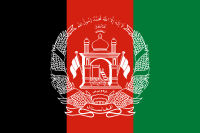
Afghanistan-38,900,000-Kabul
Virtually all people in Afghanistan are Muslims (99.7%), of which 80% – 90% are Sunni.

Iran 84,000,000 Tehran
Islam is the official religion in the Islamic Republic of Iran. 99.4% of the population are Muslims (Shia 90-95%, Sunni 5-10%).
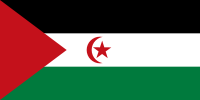
Western Sahara-652,000-Tifariti
Large parts of Western Sahara are a non-self-governing territory; about 75% are under Moroccan control.

Yemen – 29,826,000- Sanaa-
Yemen’s constitution declares that Islam is the state religion, and Arabic is the official language.
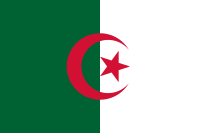
Algeria- 43,900,000- Algiers
Islam is the state religion in Algeria. The vast majority of Algeria’s citizens are Sunni Muslims.
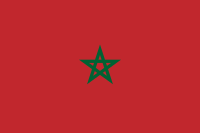
Morocco- 35,952,000-Rabat
An estimated 99% of the population adheres to Islam. About two-thirds of the Muslims in Morocco are Sunni Maliki.
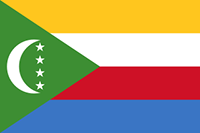
Comoros -870,000 – Moroni
The Comoros is the only predominantly Muslim country in southern Africa. About 99% of the population are followers of Sunni Islam.
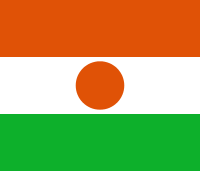
Niger 24,207,000 Niamey
The vast majority of the population in Niger are practicing Muslims (99 %). Malikite Sunni, with Salafi influences, is the dominant denomination.

Saudi Arabia-34,218,000-Riyadh
Islam is the state religion in Saudi Arabia. The country is home to Mecca and Medina. The two holiest cities of Islam attract millions of Muslim Hajj pilgrims every year.
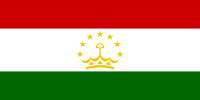
Tajikistan 9,314,000 Dushanbe
Tajikistan’s population is 98% Muslim (about 95% Sunni and 3% Shia). The country is also home to some Sufi orders.
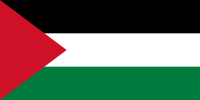
Palestine 5,101,000 Ramallah
Islam is the religion of the majority of the Palestinian Arab population in the State of Palestine (predominantly Sunni).
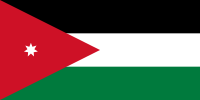
Jordan 10,756,000 Amman
The majority of the population of this religious and conservative country is Muslim (97.2 %, predominantly Sunni).

Djibouti 988,000 Djibouti
An estimated 98% of Djibouti’s population are Muslims, with a Sunni majority (77%).
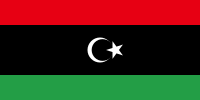
Libya 6,871,000 Tripoli
Most Libyans are Sunni Muslims. Islam, as practiced in North Africa, is often interwoven with the native Berber faith. [1]
19
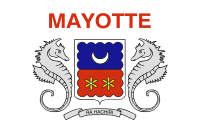
Mayotte-280,000-Mamoudzou
Mayotte is a volcanic island group in the northern channel of Mozambique and part of the Comoros archipelago. The population of the French overseas territory is, as in the Comoros, predominantly Muslim.
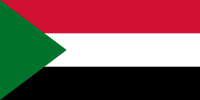
Sudan 43,850,000 Khartoum
Sudanese Arabs make up the majority of the population, and (Sunni) Islam dominates life and politics in the country. Sudan has one of the largest Sufi communities in the world. [2]
21
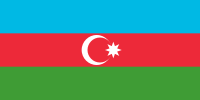
Azerbaijan10,067,000 Baku
Almost all Azerbaijanis are followers of Islam. Azerbaijan’s Muslim population consists of about 85% Shiites and 15% Sunnis.
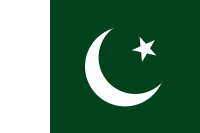
Pakistan 220,892,000 Islamabad
Islam is the state religion in Pakistan. More than three-quarters belong to Sunni Islam, while the rest is Shiite. Pakistan is home to the world’s largest community of Ahmadi Muslims, an Islamic splinter sect.
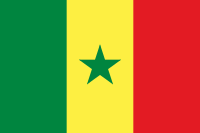
Senegal 16,706,000 Dakar
96% of the Senegalese population are Muslims, and 95% of the faithful belong to a Sufi brotherhood.
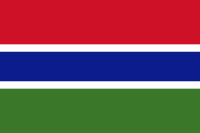
Gambia 2,417,000 Banjul
95% of the population of the smallest country on the African mainland are Muslims. The majority of them follow Sunni laws and traditions.

Iraq 40,223,000 Baghdad
The population of Iraq is 75-80% Arab and 15-20% Kurdish. Islam is the state religion. The Muslim population is divided between Shiites (64-69%) and Sunnis (29-34%).
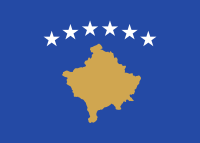
Kosovo-1,933,000- Pristina
About 93% of the population of Kosovo are Albanians. The majority of the inhabitants of Kosovo are Muslims (95%).
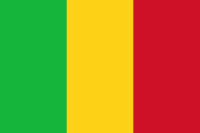
Mali 20,251,000Bamako
Islam was introduced to West Africa in the 11th century. More than 90% of the population of Mali are (Sunni) Muslims.
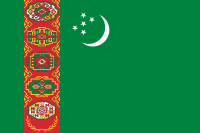
Turkmenistan 6,000,000 Ashgabat
Turkmenistan’s population consists of about 93% Muslims and 6% Eastern Orthodox, which are predominantly Russians.
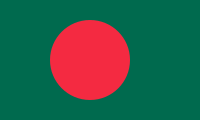
Bangladesh 165,000,000 Dhaka
The state religion of the republic is Islam. 91% of the population of Bangladesh are Muslims, 8% are Hindus.
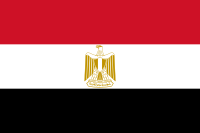
Egypt101,097,000Cairo
Islam is the dominant religion in Egypt. It is the state religion and is anchored in the Egyptian constitution of 2014.

Turkey-83,155,000-Ankara
Turkey’s population is 70-75% Turks and about 20% Kurds. Islam is the dominant religion in Turkey; more than 99% are Muslims (mostly Sunni). Since 2003, the government under now President Erdogan is pursuing an explicit policy of Islamizing, not only of the educational system but the society as a whole. [3]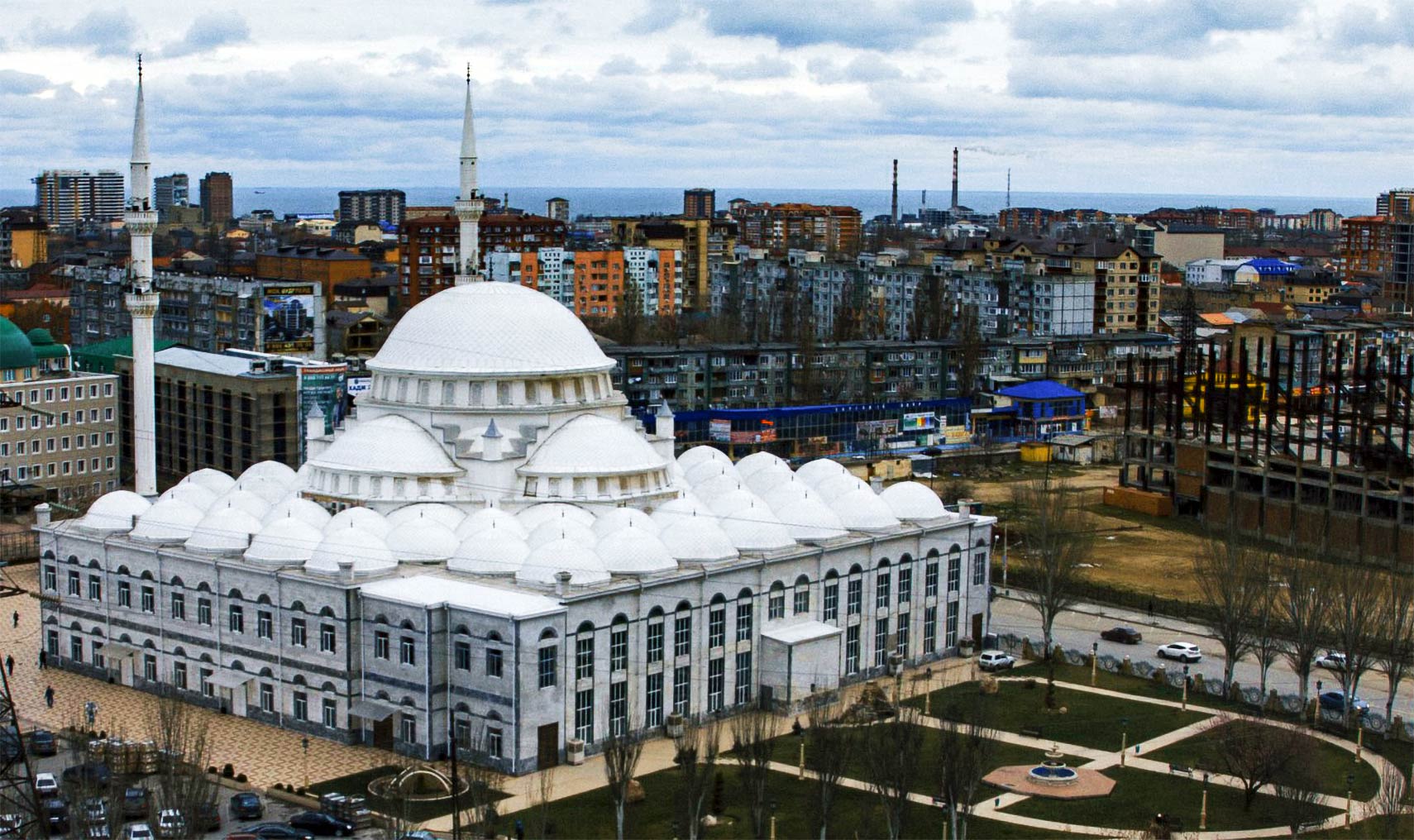
The Grand Mosque in Dagestan’s capital Makhachkala is the principal mosque of the Russian republic on the Caspian Sea. Image: Shamil Magomedov
Countries with the largest Muslim population
List of countries with the largest Muslim population.
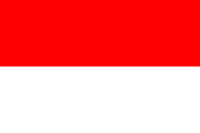
Indonesia-229,000,000
84%Indonesia is the country with the highest number of Muslims. The overwhelming majority of Indonesia’s Muslim population (99%) are Sunnis. Nevertheless, about one million adhere to Shia Islam (0.43%). Internal migration has increased the percentage of Muslims in formerly predominantly Christian eastern parts of the country.
—

Pakistan -202,650,000
92%Islam in Pakistan emerged in the 7th century in Sindh communities along the Arab coastal trade routes. Today, Pakistan is the country with the second-largest Muslim population in the world.
—
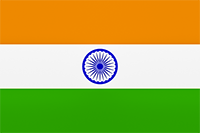
India – 195,000,000
14%Islam is the second-largest religion in India after Hinduism. India has the largest Muslim population outside the majority of Islamic countries. India’s Muslims are mainly Sunnis.
—

Bangladesh 153,700,000
93%Most Bangladeshis are Bengali Muslims, a synthesis of Islamic and Bengali cultures.
—
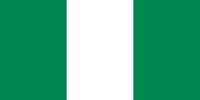
Nigeria109,254,000
53%The country has the largest Muslim population in Africa. More than half of Nigeria’s population is Muslim, predominantly Sunni. About 12% of Nigerian Muslims are Shiites. The main ethnic groups in Africa’s most populous country are Hausa 30%, Yoruba 15%, Igbo (Ibo) 15%, and Fulani 6%.
—

Egypt-90,987,000
90%Egypt is the most populous country in the Arab world. Islam is the state religion, according to the Egyptian constitution.
—

Iran 83,489,000
99.4%All Iranians are Muslims, theoretically. The official state religion is Shia Islam. Iran is the country with the most Shiite followers. (90-95% Shiites and 5-10% Sunnis).
—

Turkey 80,660,000
97%The predominant religion in Turkey is Islam (theoretically 97%). Turkey has been a fairly secular country since Atatürk, but in the last two decades, it has been largely ruled by Erdogan’s AK Party, which is steeped in political Islam.
—

Algeria 43,460,000
99%Algeria’s population consists of 99% Arab Berbers. According to the Algerian Constitution of 2016, the state religion is Islam. 99% of Algerians are Sunnis.
—

Sudan – 42,535,000
97%Sudan’s ethnic groups are Sudanese Arabs (about 70%), Fur, Beja, Nuba, and Fallata.
Islam is the predominant religion in the country, and (Sunni) Muslims have dominated government institutions since Sudan’s independence in 1956.
—

Afghanistan – 38,783,000
99.7%Islam is the official religion in Afghanistan. All Afghans are Muslim (99.7%; Sunni (Hanafi) 85-90%, Shia 10-15%).
—

Iraq 38,614,000
96%Iraq’s constitution states that “Islam is the official state religion”. About 95-98% of the country’s population is Muslim; (Shia 64-69%, Sunni 29-34%)
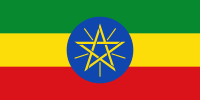
Ethiopia- 38,283,000
33%About one-third of the country’s population are (Sunni) Muslims. The emigration to Abyssinia (Ethiopian Empire), also known as the first Hegira, was an episode in the early history of Islam when Muhammad’s first followers (the Sahabah) fled Mecca from the persecution of the ruling Quraysh tribe.

Morocco 35,592,000
99%Morocco is inhabited by mixed Arab-Berbers and Imazighen (Berber). According to Morocco’s constitution, Islam is the state religion in the kingdom.
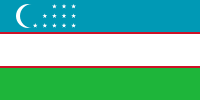
Uzbekistan 30,135,000
88%The country’s Muslim majority are (Hanafi) Sunni. Uzbekistan’s government is opposed to a political Islam in the country. The Uzbek government eliminated the Islamic party in 1992, and one university had to close its Faculty of Islamic Studies.
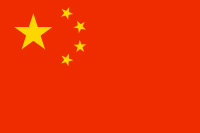
China 25,000,000
1.8%The Hui and the Uighurs from Xinjiang are the Chinese minority groups with the largest Muslim population. [4] China has blamed Islamic separatists from Xinjiang for a series of attacks on Han Chinese in recent years. Leaked government papers revealed China’s crackdown on ethnic Muslim minorities in the Xinjiang region. [5]

Russia 25,000,000
17%An estimated 17% of Russia’s population are Muslims. [6] The Russian regions with the highest Muslim population are Ingushetia 96%, Chechnya 95%, Dagestan 83%, and Karachay-Cherkessia 64%.

Saudi Arabia 22,200,000
100%Islam is the state religion. Saudi citizens are 85-90% Sunni and 10-15% Shia). Saudi Arabia is home to the two holiest cities of Islam, Mecca, and Medina where Islam originated.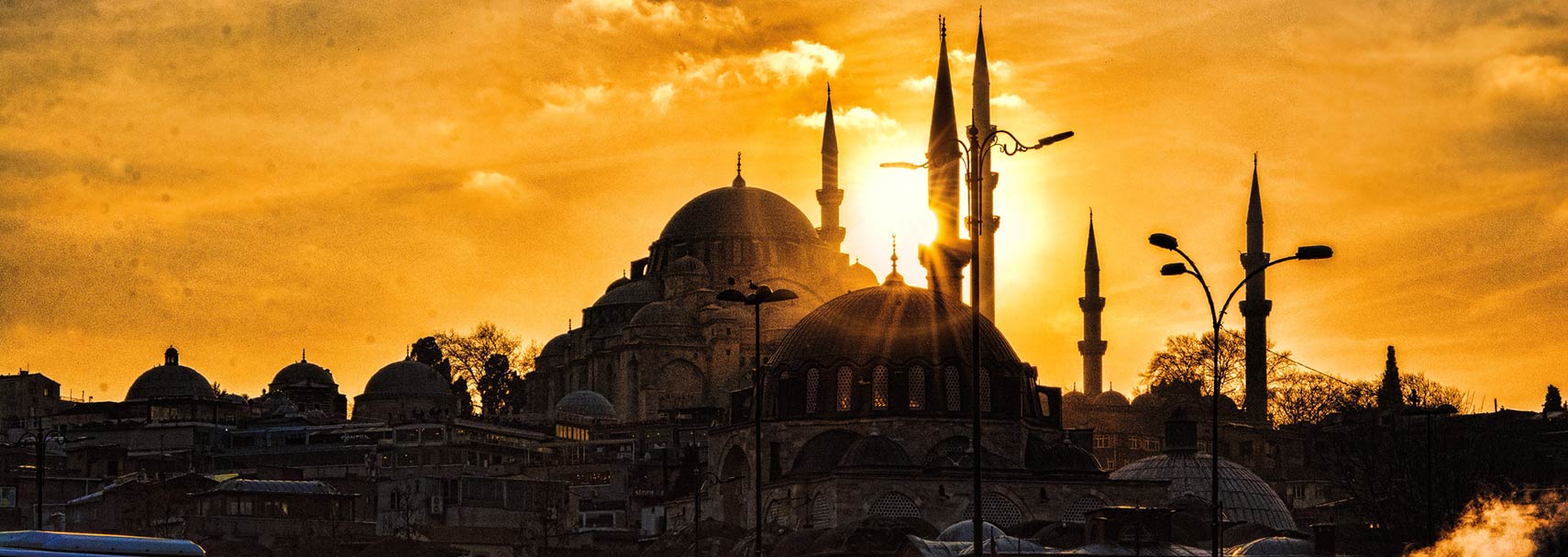
Sunset behind Süleymaniye Mosque in Istanbul, the transcontinental city in Turkey. The mosque was built by order of Sultan Süleyman the Magnificent in a very short construction period between 1550 and 1557.
Image: Mariano Mantel
Islam in the Western World
The European nations shaped by Christianity and the Islamic countries have a shared history of more than thirteen hundred years. Since the 1950s, the immigration of Muslims to Europe has led to the emergence of numerous Muslim minorities in many European countries. Today Muslim communities live throughout Europe. Living together is not always smooth. In recent years, attacks by Islamic terrorists have become more frequent in European countries. But Islamophobic incidents and violent attacks on Muslims have also increased. [7] There is a growing number of European citizens who say that Islam is “fundamentally incompatible” with the culture and values of their country. [8]
List of European Countries with the largest Muslim Population.
FlagCountryMuslim PopulationMuslim % of total PopulationNotes
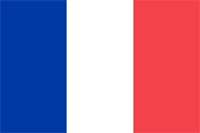
France6,000,0009%Islam is the second-largest religion in France. The country has the largest number of Muslims in the Western world, primarily due to migration from the Maghreb countries, West Africa, and the Middle East. Today about 9% of the population are Muslims.
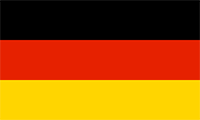
Germany5,000,0006%As a result of labor migration in the 1960s and 70s and several waves of political refugees since the 1970s, Islam has become the third largest religion in Germany after Roman Catholicism and Protestantism. About 6% of Germany’s population are Muslims.
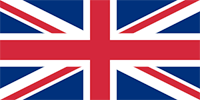
United Kingdom3,373,0005%About 5% of the United Kingdom’s population are Muslims, making Islam the second-largest religion in the country.
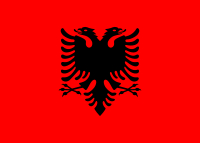
Albania1,700,00060%Islam in the Balkans is an Ottoman heritage and is the largest religion in the Albania. About 60 % of Albanians consider themselves Muslims. The former communist country has closed mosques and churches in 1967. In November 1990, Albania allowed the private practice of religion again.
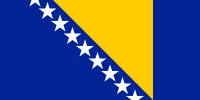
Bosnia and Herzegovina1,673,00051%About half of the country’s population are Muslims (51%); other denominations are Orthodox (31%) and Roman Catholic (15%).
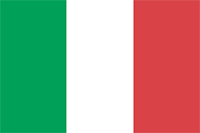
Italy1,600,0002.6%Italy has been for centuries a country on the front line where Islam and Christianity clash. Islam is not formally recognized by the Italian state. The country has an overwhelmingly Roman Catholic population (83%).
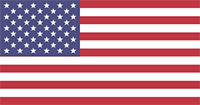
United States3,450,0001%New estimates show U.S. Muslim population continues to grow. But only 1% of the total U.S. population are Muslims. [7]

Russia25,000,00017%Russia is a transcontinental country, 77% of Russia’s area is in Asia. The regions in Europan Russia with the highest Muslim population are to the north of the Caucasus: Ingushetia (96%), Chechnya (95%), Dagestan (83%), and Karachay-Cherkessia (64%).
Sources: Pew Research Center, BBC Sunnis and Shia, The World Fact Book, Wikipedia, and others.


